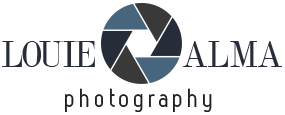Princess Cruises will ring in the new year with a spectacular “cruise” down Colorado Boulevard as a larger-than-life floral replica of its newest ship, Star Princess, “sets sail” in the world-famous Rose Parade® presented by Honda, on January 1, 2026, in Pasadena, Calif. Designed to capture the awe and wonder of sailing through Alaska’s legendary Inside Passage, the float will celebrate the upcoming 2026 inaugural Alaska season for Star Princess, the newest star in the Princess fleet.
